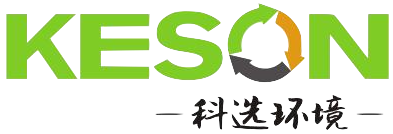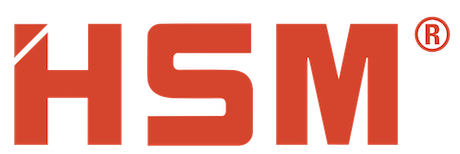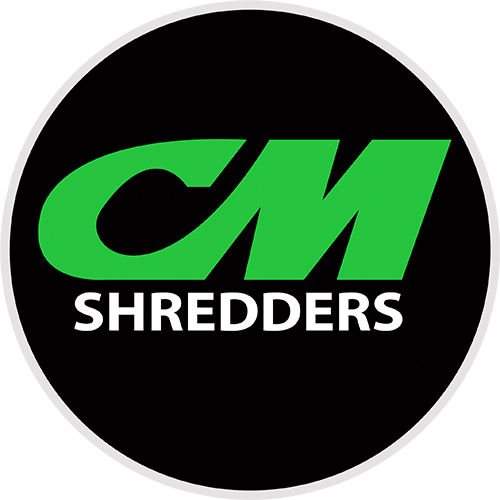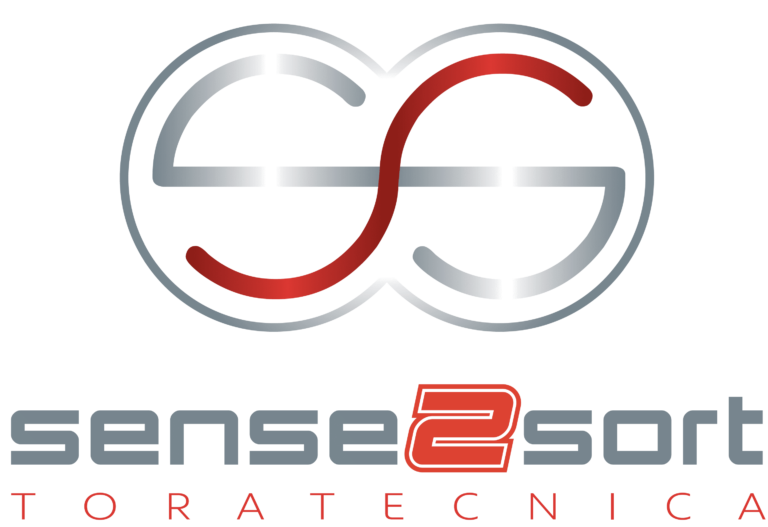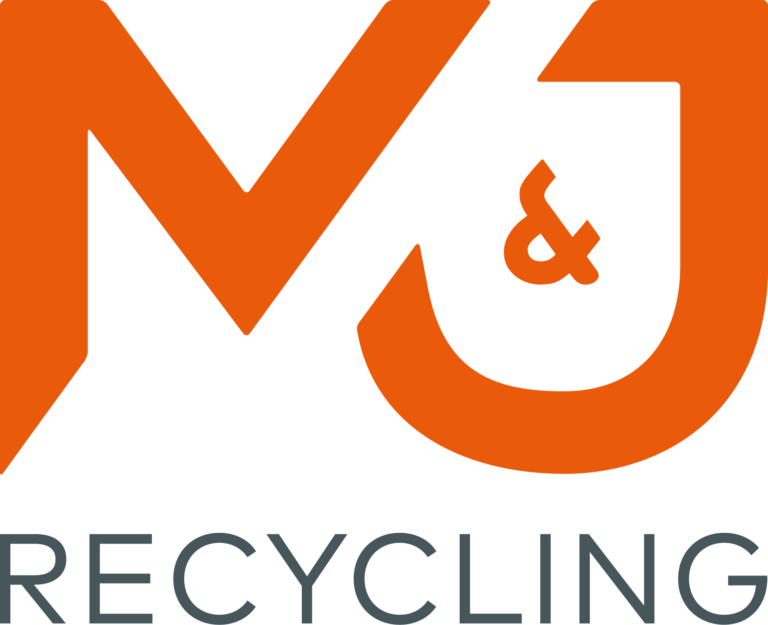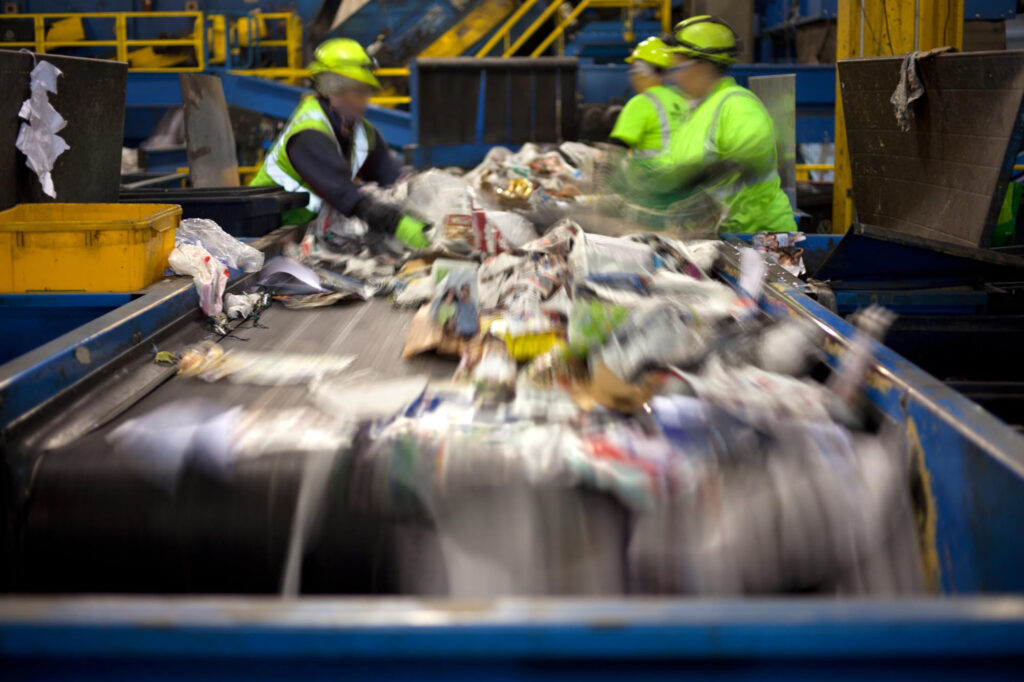But does it really make Sense to combine all these sensors to reach the sorting targets of today?
Of course quality and throughput is most important to invest in such machines and if they make sorting application possible, that were not done before, it makes Sense! But it means also higher investments, higher running costs and higher maintenance costs for the operator, all together less profit!
In order to achieve higher purities in the recycled material streams, we have to look for the best possible solutions and if this means that we have to combine sensors and information, than we should look for this option as well. However, not always these solutions have to be the only solutions.
Why do we combine sensors? Because we try to eliminate the defects of the one sensor with the other? It seems to be a good solution to do so and it works well in many cases. But what we also know is that you have to rerun several times to reach the needed qualities and to get the necessary material mono streams. Or you have to invest in several of those machines….but than you might not need the multi sensor machine anymore?
The market needs high quality material outputs after the downstream sorting plant and the prices of metal today help to invest in better sorting equipment, but it would be good if the machines had multiple outlets instead of multiple sensors or may be both? This would make much more Sense! When I have a multi sensor machine that is able to recognize and distinguish many different materials, why does this machine only has one (1) eject outlet? You have to rerun again and again to reach your five or six different material mono streams, this means low throughput or buy 5 machines, this means high investment.
Just like twenty years ago, when we introduced the first induction sorters in the metal recycling market, today we are convinced that the market will have to recognize that the next generation of sorting equipment is ready for the market. Beside the multi sense machines, the multi sorters are going to enter the market.
Sense2Sort offers those new machines today, based on XRF and LIBS we designed a new generation of affordable sorting machines for the metal recycling market and may be for other markets as well.
You are able to run your Zorba, Twitch or other alloy mixes and sort them in one step into multiple different mono streams. If you want to work with Zorba only, you could take the XRF based sorter that is able to separate your aluminium from the brass, zinc, bronze, stainless steel, PCB and lead in a single run. Even some of the Al alloys can be separated. Another option is to use the LIBS based sorter, this machine will also separate many different aluminium alloys. All in one single sorting step.
These multi sorters are flexible in there layout, you could start with just one channel and run your midsize fraction with 700-1000 kg/h. You would do this because it is new and not yet in the market or because you want to try first, see if it works. But then when you are convinces you just add another channel and another and may be one more.
We think this is a solution for the future that already started today and finally will convince all.
Multi Sensor vs. Single Sensor or Multi-Sorter? :
All have their rights and are possible solutions for certain sorting applications, budgets and tastes, but the future for sophisticated sorting applications will be the Multi-Sorter machines based on XRF and LIBS sensor technology.





